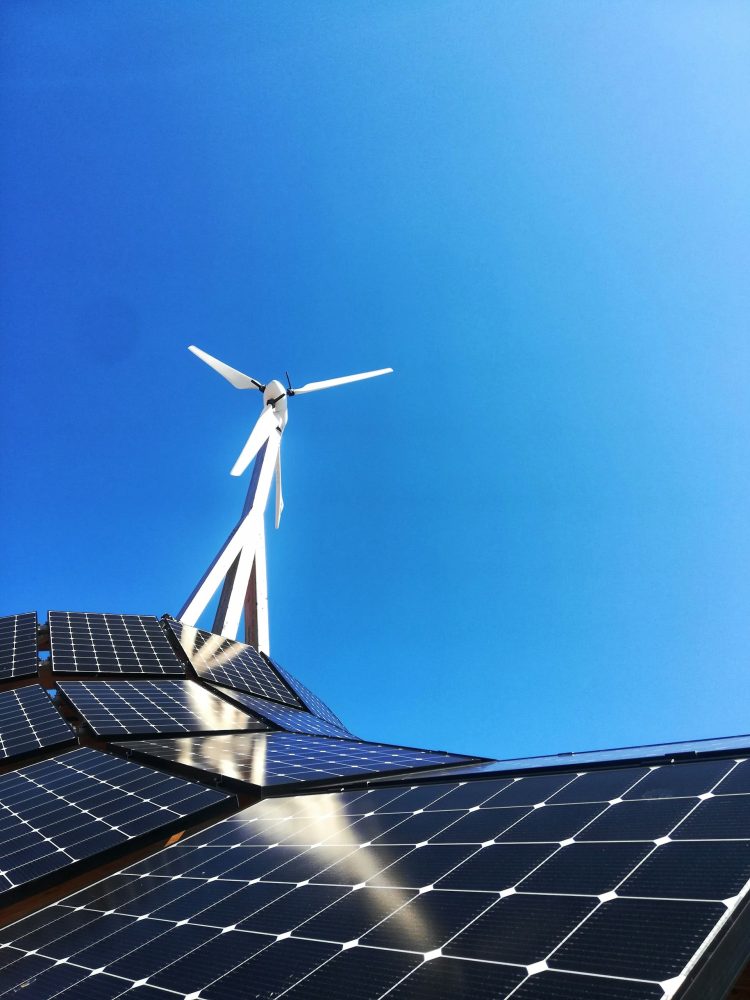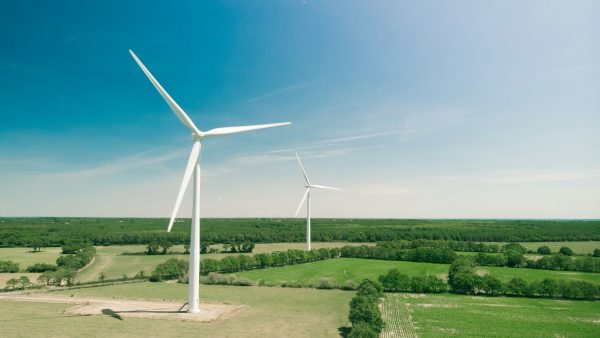As India pushes towards its ambitious renewable energy goals of 500 GW by 2030, Commercial and Industrial (C&I) companies play a crucial role in driving the country’s energy transition. According to a report by the Institute for Energy Economics and Financial Analysis (IEEFA), the C&I sector is expected to add 75-100 GW of renewable energy capacity by 2030. However, the process of procuring renewable energy (RE) is complex and fraught with challenges. This blog outlines the steps involved in RE procurement for C&I companies in India and highlights the key challenges they face.
Steps to contract Renewable Energy in India
Step 1: Identify Requirements
Determine the optimum renewable energy mix: Companies must assess their energy needs and determine the best combination of renewable sources (e.g., solar, wind, or hybrid) that suits their consumption patterns and location in India. The Central Electricity Authority’s (CEA) National Electricity Plan 2022 provides insights into the optimal energy mix for different regions in India.
Explore available renewable energy options: This involves researching various RE technologies available in the Indian market, understanding their pros and cons, and how they align with the company’s sustainability goals and operational requirements.
Assess the ideal model: Companies need to evaluate different approaches such as captive generation, open access, or rooftop solar, considering factors like capital availability, risk appetite, and long-term energy strategy within the Indian regulatory framework.
Step 2: Compare Independent Power Producers (IPPs)
Evaluate power producer reputations: Research the track record of IPPs operating in India, including their project completion history, operational efficiency, and financial stability.
Consider sector/state-specific experience: Assess IPPs’ familiarity with the company’s industry and their experience in navigating state-specific renewable energy policies and regulations in India.
Assess regional coverage capability: Evaluate IPPs’ ability to deliver power reliably across different regions in India, considering factors like transmission infrastructure and state-specific regulations.
Step 3: Identify Ideal Solution
Determine the most suitable procurement model: Choose between options like captive power plants, group captive arrangements, or power purchase agreements based on Indian regulations and company-specific needs.
Analyse costs and financing models: Evaluate the total cost of ownership, including initial investments, operational costs, and potential savings. Consider available financing options in the Indian market, such as green bonds or sustainable financing.
Evaluate power delivery timeline: Assess how quickly the chosen solution can be implemented, considering factors like construction time, regulatory approvals, and grid connection processes in India.
Ensure compliance with safety and technical standards: Verify that the proposed solutions meet all relevant Indian standards and regulations for renewable energy projects.
Step 4: Finalise Solution and Partner
Select the IPP partner: Choose the most suitable IPP based on a comprehensive evaluation of all factors, including technical capability, financial stability, and alignment with the company’s goals.
Negotiate terms: Discuss and agree on key contract terms, keeping in mind Indian market conditions, regulatory requirements, and potential future scenarios.
Step 5: Negotiate and Sign Power Purchase Agreement (PPA)
Determine appropriate PPA duration: Decide on a contract length that balances long-term price stability with the flexibility to adapt to market changes in India’s evolving RE landscape.
Address crucial clauses: Negotiate terms for exit options, penalties for non-performance, procedures for relocating operations, and provisions for force majeure events, ensuring they comply with Indian contract laws.
Consider reputational and financial liabilities: Assess potential risks to the company’s reputation and finances in the Indian context, including penalties for non-compliance with renewable purchase obligations or potential disputes with power producers.
Key challenges during contracting renewable energy in India
Complex procurement process: C&I companies must navigate multiple steps, from approaching various IPPs to comparing solutions and finalising partners. This complexity can be overwhelming, especially for companies new to RE procurement in India and leads to very long deal timelines.
Regulatory landscape: India’s energy policies vary by state, making it crucial for C&I companies to understand and comply with local regulations. This fragmented regulatory environment can complicate the procurement process and impact the choice of procurement models.
Grid infrastructure: The reliability of power delivery in India often depends on local grid infrastructure. C&I companies must consider potential transmission and distribution challenges when selecting RE solutions and partners.
Market volatility: The Indian RE market is evolving very rapidly, with fluctuating prices and changing policies. This volatility makes it challenging for C&I companies to make long-term commitments and necessitates careful consideration of PPA durations and terms.
Technical and safety compliance: Adhering to India’s safety and technical compliance standards for RE projects is crucial. C&I companies must ensure that their chosen solutions meet these requirements, which may vary across states.
Financial considerations: Understanding and choosing the right financing models is critical. There are multiple financing options available for capital expenditure (capex) and operational expenditure (opex) financing and C&I companies must navigate various options while considering local market conditions and their own financial strategies.
Reputation and liability: In the Indian market, where relationships and reputation play a significant role, C&I companies must carefully evaluate potential partners and consider the reputational and financial liabilities associated with RE procurement.
While the transition to renewable energy offers numerous benefits for C&I companies in India, the procurement process is complex and requires careful navigation. By understanding the steps involved and being aware of the challenges, companies can make informed decisions and contribute effectively to India’s renewable energy goals. For the market to mature and scale rapidly, these challenges have to be addressed through technology, making RE procurement more streamlined for C&I companies in India.



